Light Controls

This computing teaching pack for Key Stage Two gets the children to practise selecting and entering commands to control different procedures and outcomes to match specific functions when using light. The class can write lists of procedures for different outputs such as sequences for traffic lights and navigation buoys.
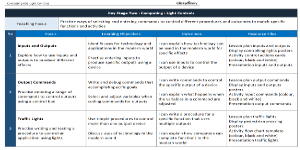
Practise selecting and entering commands to control different procedures and outcomes to match specific functions when using light
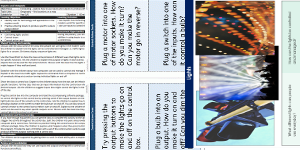
Lesson One : Inputs and Outputs
Explore and record how to use a range of inputs and outputs to produce different effects and functions when controlling sets of lights
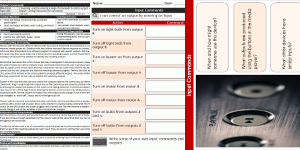
Lesson Two : Output Commands
Practise selecting and entering a range of commands to control and manage different outputs for specific purposes using a control box

Lesson Three : Traffic Lights
Practise writing and testing a set of procedure commands to run an application that can used to control the movement of traffic with a sequence of lights
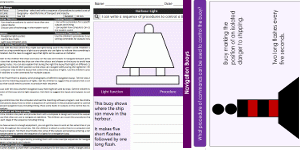
Lesson Four : Light Buoys
Select and write a sequence of procedures to control a set of navigation lights for ships and boats to use when moving about a harbour location
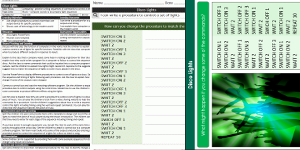
Lesson Five : Disco Lights
Practise writing sequences of commands to create a procedure that can be used to control a set of lights that can be displayed during a disco party
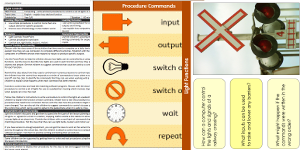
Lesson Six : Light Functions
Write and test sets of command procedures that can be used to control a set of lights to match a specific function
-
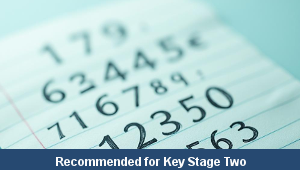
Maths Arithmetic Assessment
Assess abilities in solving arithmetic number problems for addition, subtraction, multiplication and division when working with informal and formal written calculations
-

Environment
Identify and describe some of the special landscapes and locations that can be found in the world and reflect on how they can be protected and preserved for the future
-

Silent Letter Words
Explore and illustrate the meanings and spellings of some different words with silent letters when using them in a range of topics and scenarios
-

Complaint Letters
Explain and model how to format and structure writing when composing letters of complaint about different issues and scenarios
